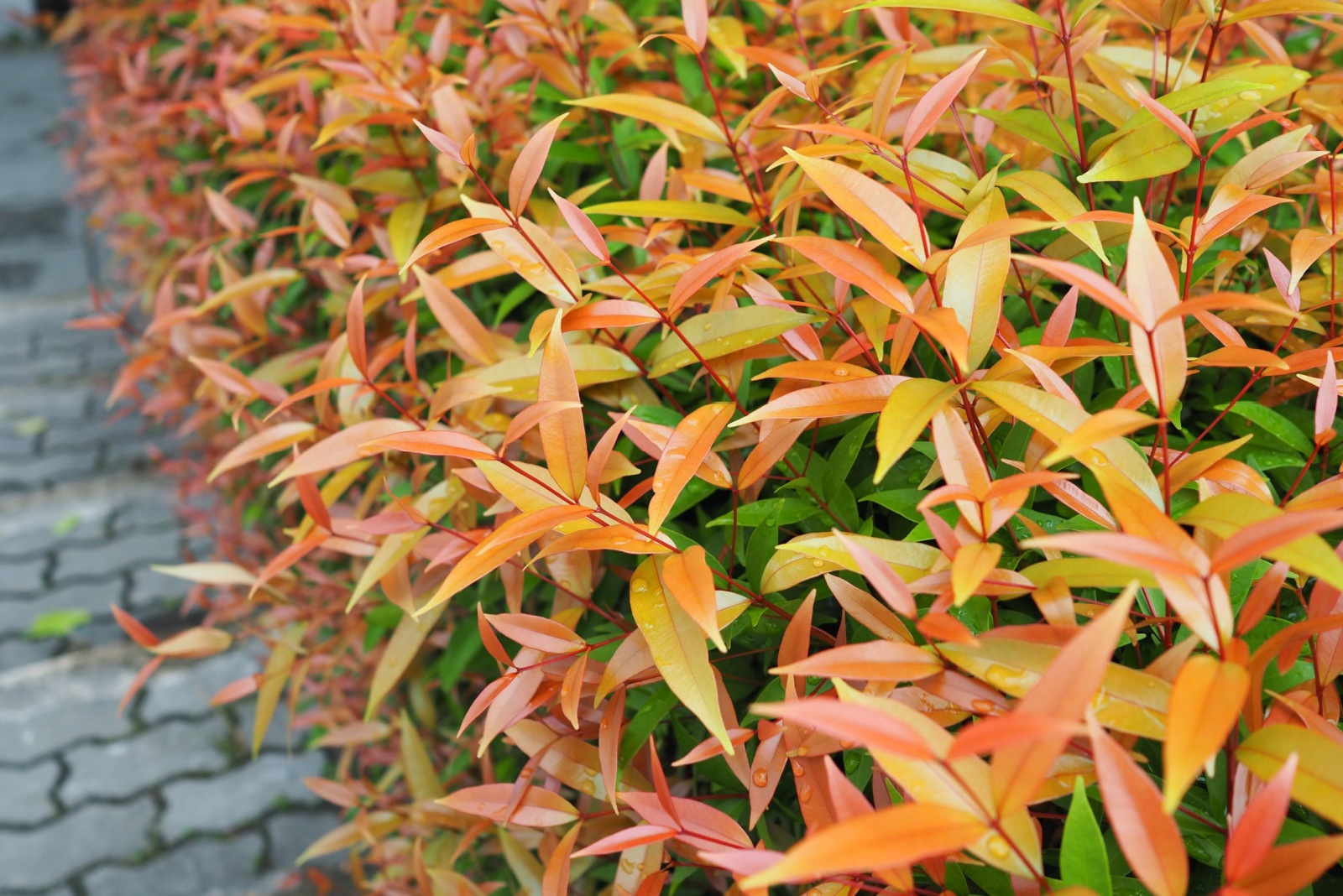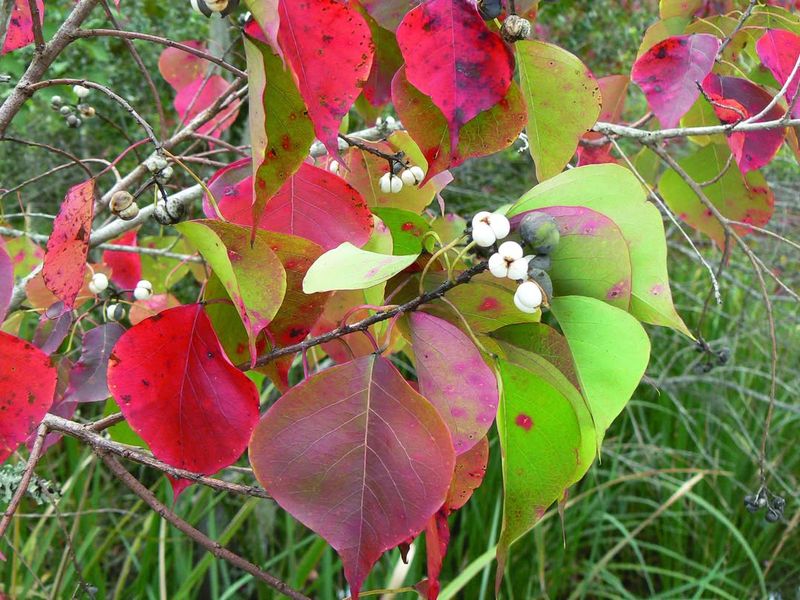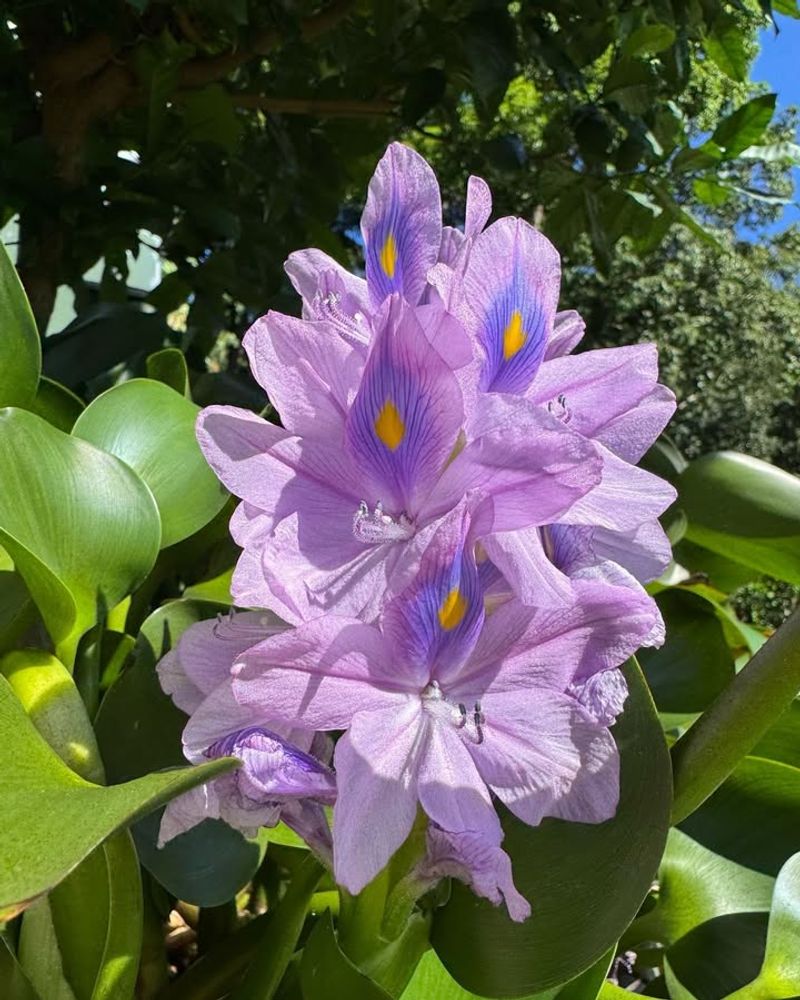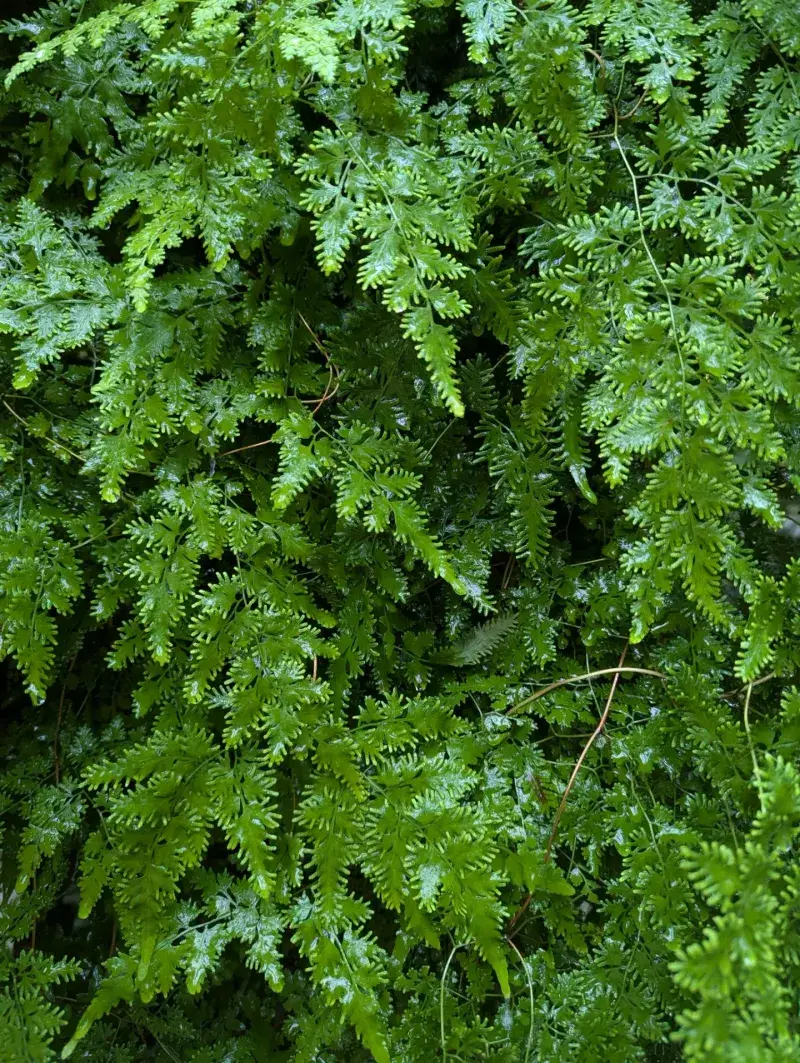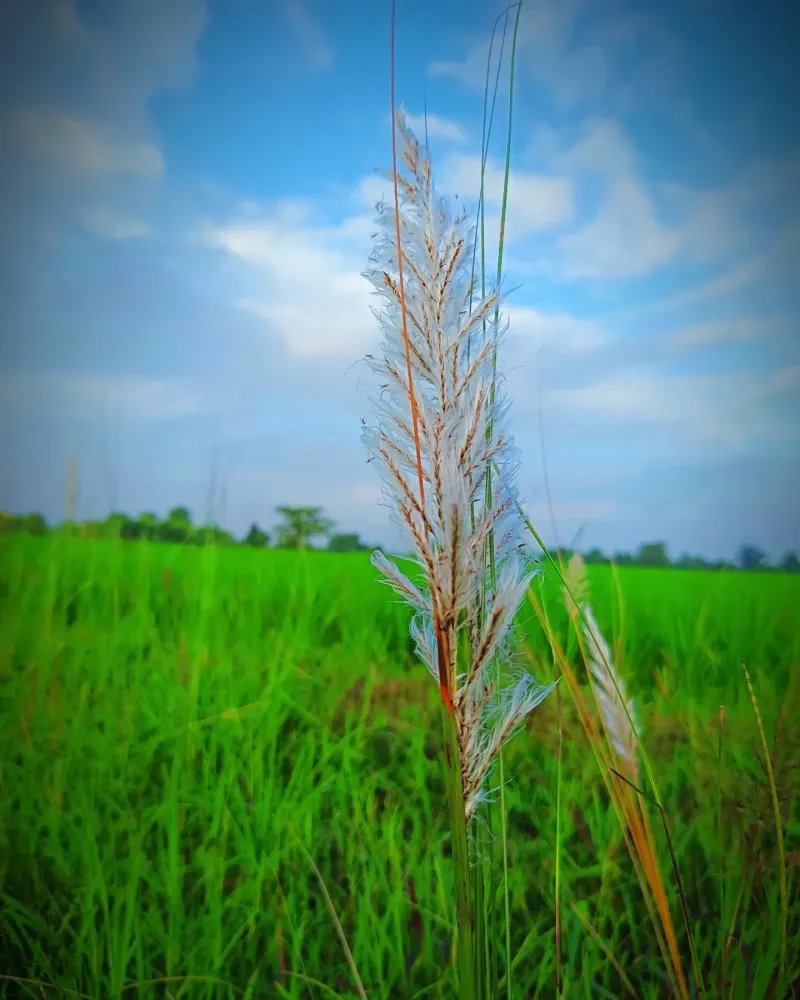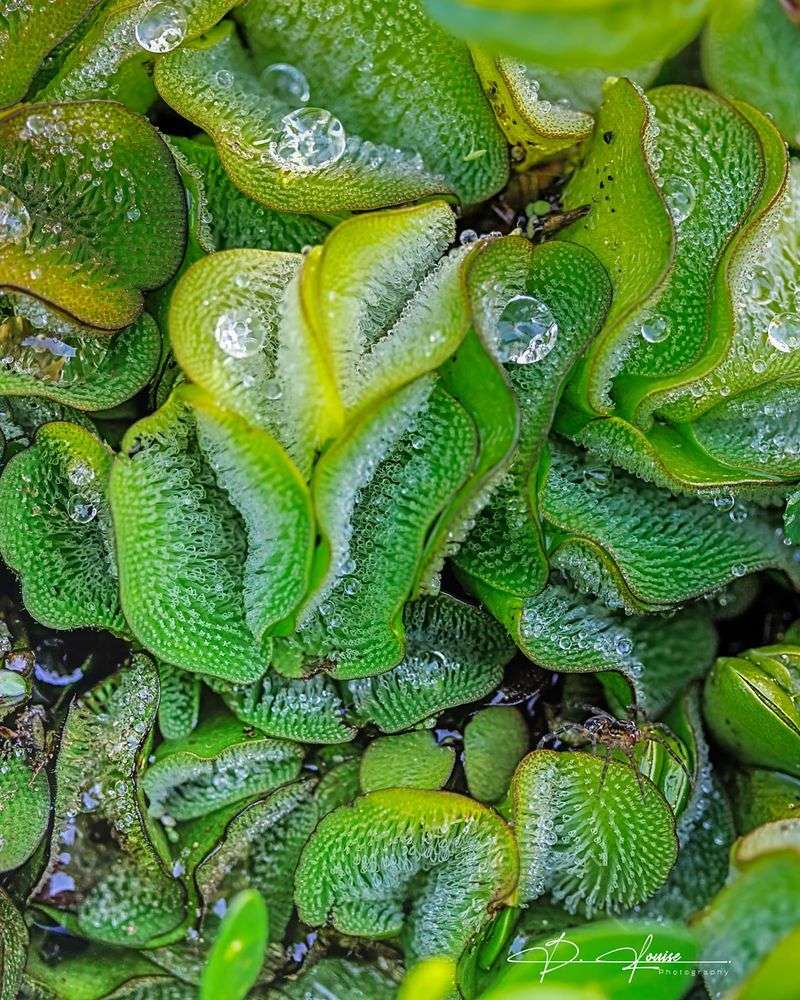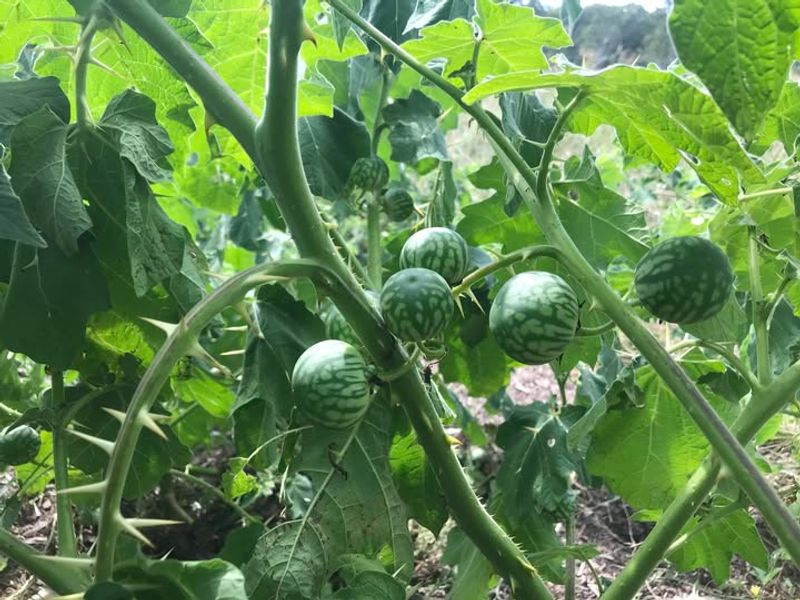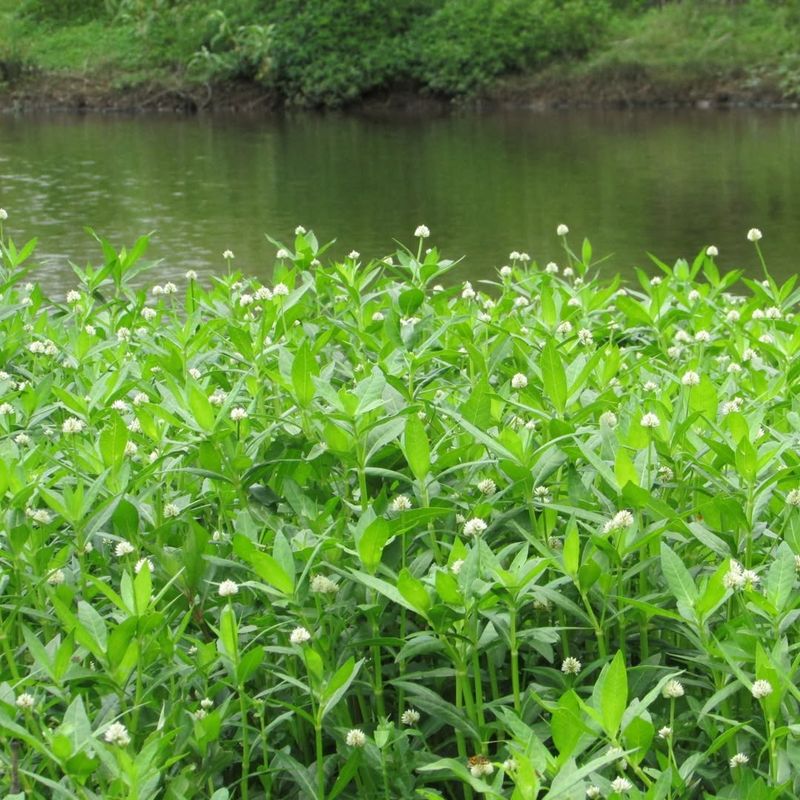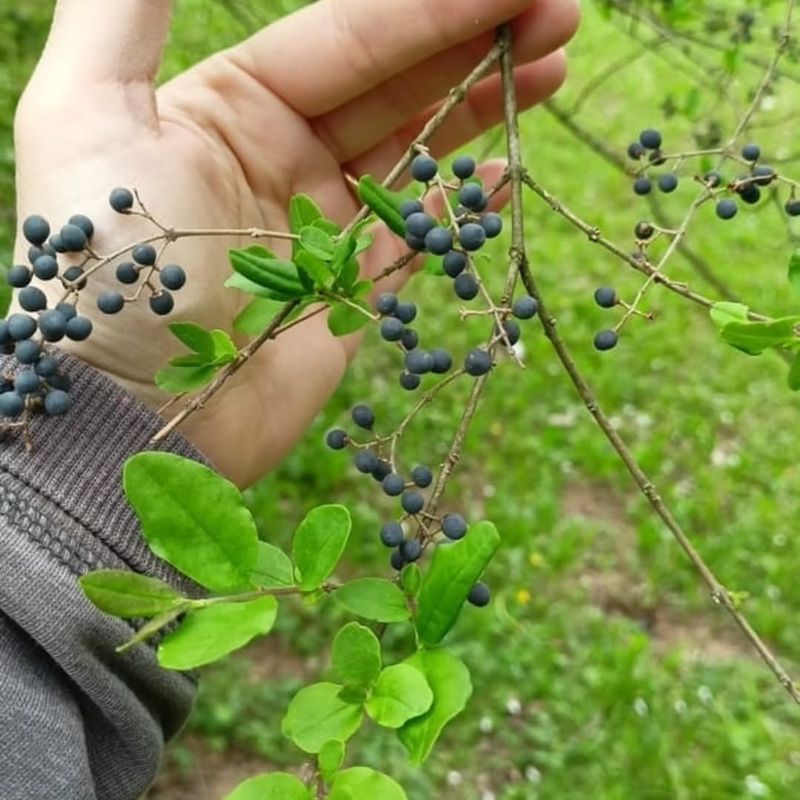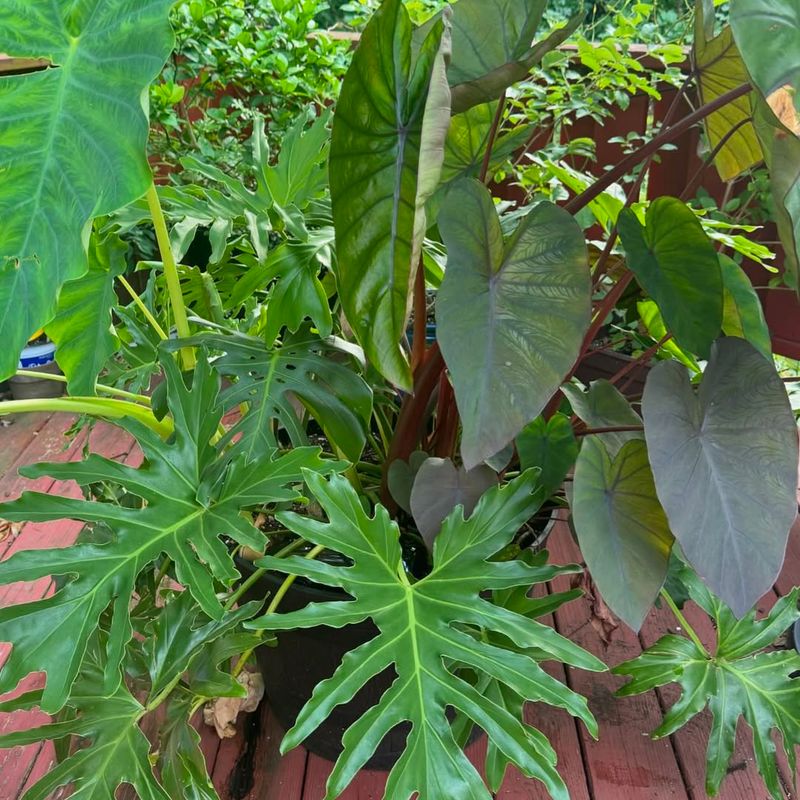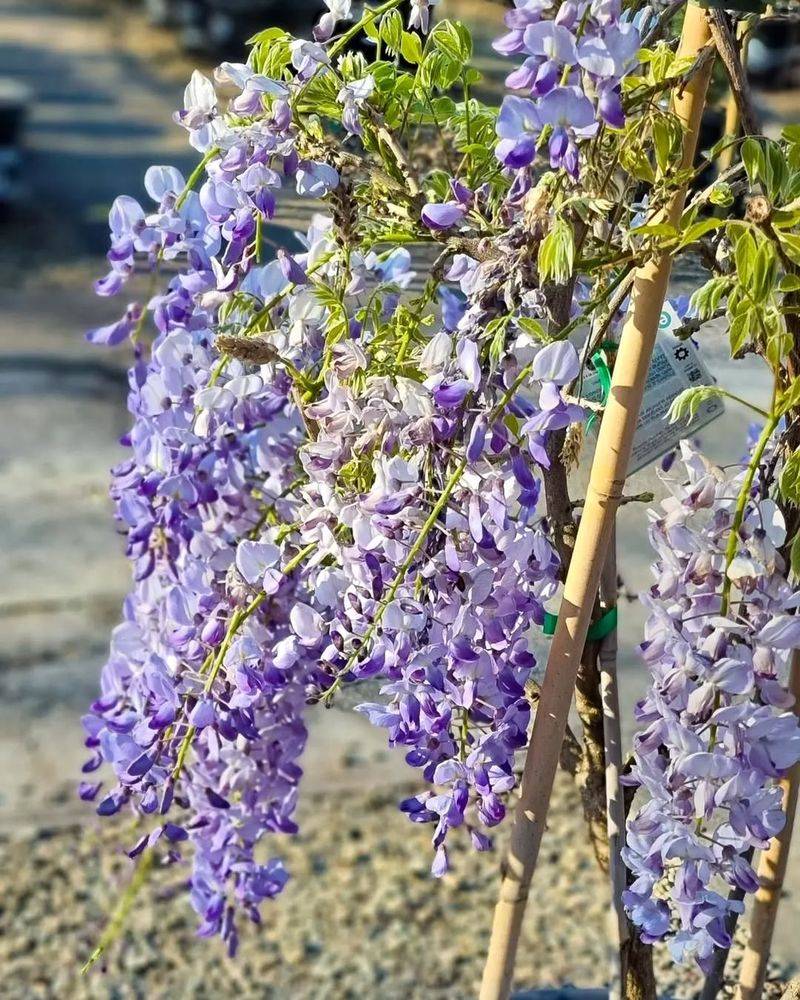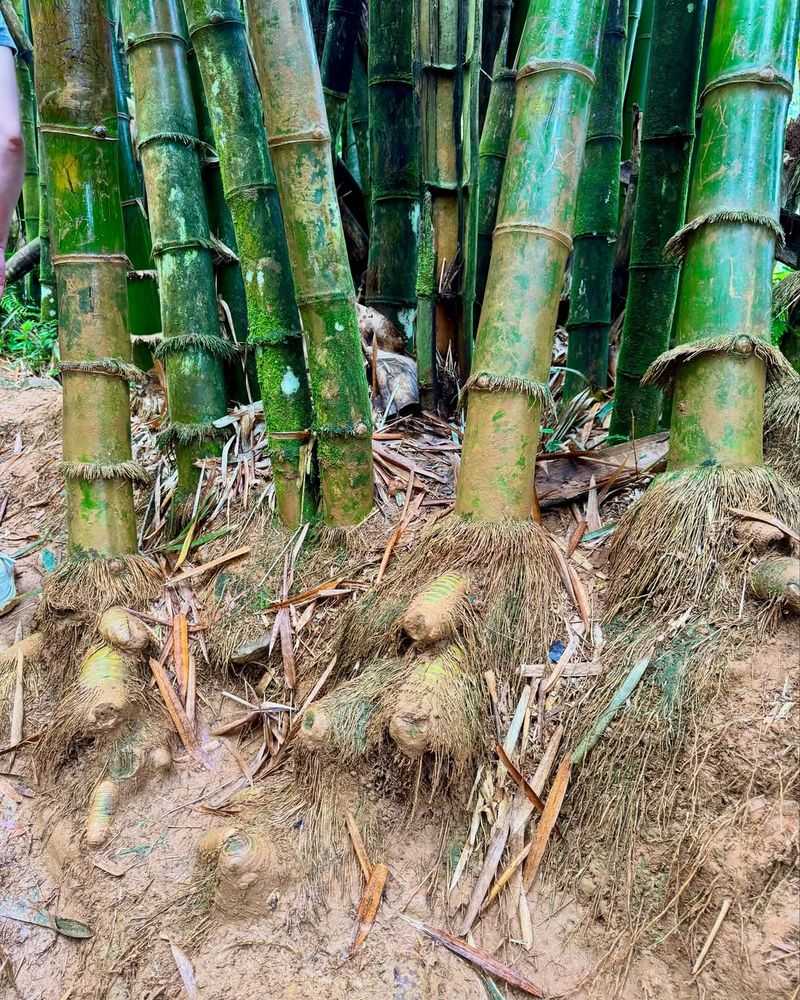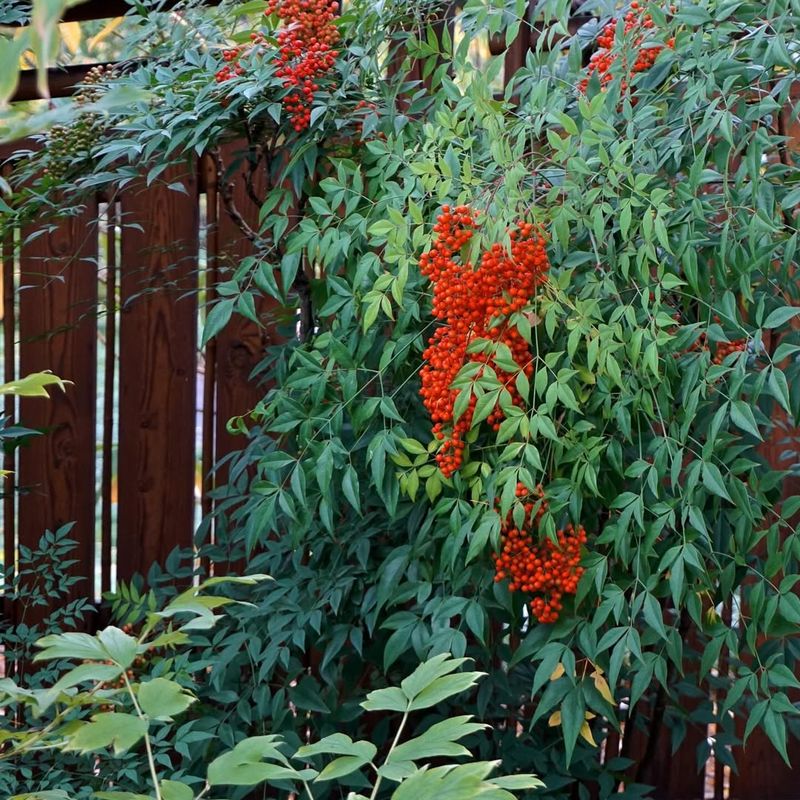Louisiana gardens are known for their color and charm, but a few familiar favorites could soon be on the wrong side of the law. State officials are tightening restrictions on certain invasive and toxic species that threaten local ecosystems, and some of the plants growing in home gardens may be next on the list.
Before you dig in this season, it might be worth taking a closer look at what’s sprouting in your yard.
1. Chinese Tallow Tree
Autumn brings stunning color when this tree’s leaves turn brilliant red and yellow, which explains why so many Louisiana homeowners planted it decades ago. Originally from Asia, it spreads aggressively through wetlands and forests.
Seeds travel easily through water and wildlife, creating dense thickets that crowd out native plants. Wildlife agencies worry about its impact on natural habitats.
Removing established trees requires professional help since they resprout vigorously from cut stumps.
2. Water Hyacinth
Those gorgeous purple blooms floating on ponds look innocent enough, but Water Hyacinth doubles its population every two weeks during growing season. Waterways become completely choked, blocking sunlight and killing fish underneath.
Boaters find navigation impossible through thick mats of this aggressive floater. Originally brought from South America as an ornamental plant, it now costs millions in control efforts.
Manual removal works for small infestations, though fragments quickly regrow into new plants.
3. Japanese Climbing Fern
Delicate fronds might look harmless, but this climbing fern transforms forests into green blankets that suffocate everything beneath. Growing up to nine inches daily, it quickly covers trees, shrubs, and ground vegetation.
Forest fires become more dangerous when dead fern material acts as ladder fuel, carrying flames into tree canopies. Spores spread through wind, equipment, and even on people’s clothing.
Early detection matters most since established infestations require years of persistent treatment efforts.
4. Cogongrass
Farmers and foresters consider this grass one of the world’s worst invasive plants, and Louisiana battles major infestations across multiple parishes. Sharp leaf blades can actually cut skin, making manual removal painful and difficult.
Dense root systems reach six feet deep, storing energy that lets plants survive fires and herbicide treatments. Wildlife won’t eat it because of low nutritional value and sharp edges.
Small patches expand rapidly, so immediate reporting to agricultural authorities helps prevent wider spread.
5. Giant Salvinia
Aquarium hobbyists accidentally released this floating fern into Louisiana waters, where it now forms mats up to three feet thick. Fishing becomes impossible through dense growth that also damages boat propellers and motors.
Underneath those mats, oxygen levels drop so low that fish populations collapse completely. Recreation areas close when infestations make swimming and boating too dangerous.
Mechanical harvesters can clear waterways temporarily, but tiny fragments left behind quickly regenerate into full infestations again.
6. Tropical Soda Apple
Wicked spines covering stems and leaves make this shrub a nightmare for cattle ranchers and anyone working outdoors. Native to South America, it invades pastures, roadsides, and natural areas throughout Louisiana’s warmer regions.
Cattle accidentally spread seeds through manure after eating the tomato-like fruits. Dense thickets reduce grazing land value and create hiding spots for disease-carrying pests.
Protective gear becomes essential when removing plants manually, and repeated treatments over multiple seasons prove necessary for control.
7. Alligator Weed
White pom-pom flowers look charming, but don’t let appearances fool you about this aquatic menace. Hollow stems allow it to float or root in mud, adapting easily to changing water levels throughout Louisiana’s variable climate.
Stem fragments break off and drift downstream, establishing new colonies wherever they land or lodge. Dense growth blocks irrigation ditches and drainage canals, causing flooding problems.
Biological control using flea beetles shows promise, though chemical treatments remain necessary for heavy infestations in critical areas.
8. Chinese Privet
Sweet-smelling spring blooms attracted landscapers for decades, but wildlife biologists now recognize this shrub as a major threat to native forests. Birds spread seeds widely after eating the small purple berries.
Shaded forest understories become impenetrable thickets where native wildflowers and tree seedlings cannot survive. Songbirds lose important nesting habitat when diverse native plants disappear.
Cutting alone proves ineffective since stumps resprout aggressively, requiring herbicide application to cut surfaces for successful control and eradication.
9. Elephant Ear
Dramatic foliage adds tropical flair to shady gardens, making Elephant Ear a longtime favorite among Louisiana landscapers and homeowners. However, several species escape cultivation and invade wetlands where they outcompete native vegetation.
Underground corms survive freezes and drought, allowing plants to persist through Louisiana’s occasional harsh winters. Dense colonies block light and change soil chemistry.
Garden centers might face restrictions on selling certain species, so choosing native alternatives like Louisiana Iris provides similar visual impact without environmental risks.
10. Wisteria
Cascading purple blooms create stunning springtime displays that grace countless Southern gardens and arbors. Wild populations spread aggressively through forests, though, girdling and eventually killing mature trees with woody vines.
Seeds pop from twisted pods, scattering widely, while underground runners send up new shoots yards away from parent plants. Weight from massive vines can topple trees during storms.
Planted specimens require constant pruning to prevent escape, and removing established vines demands cutting and treating stumps multiple times yearly.
11. Bamboo
Running bamboo species create privacy screens quickly, but underground rhizomes spread relentlessly into neighboring properties and natural areas. Shoots can crack concrete, damage building foundations, and invade sewer lines.
Some species grow over a foot daily during peak season, making containment nearly impossible without proper barriers. Removal requires excavating rhizomes three feet deep across entire affected areas.
Clumping varieties offer safer alternatives, though even these need monitoring to prevent unwanted spread into sensitive Louisiana ecosystems and waterways.
12. Nandina
Bright red winter berries and colorful foliage make Nandina a staple in Louisiana foundation plantings and commercial landscapes. Birds eating berries can die from cyanide compounds, especially Cedar Waxwings during winter months.
Seeds spread through bird droppings establish plants in forests far from original garden locations. Dense growth in natural areas displaces native shrubs that provide better wildlife food.
Sterile cultivars exist that produce few or no berries, offering safer options for gardeners wanting this plant’s attractive appearance.

